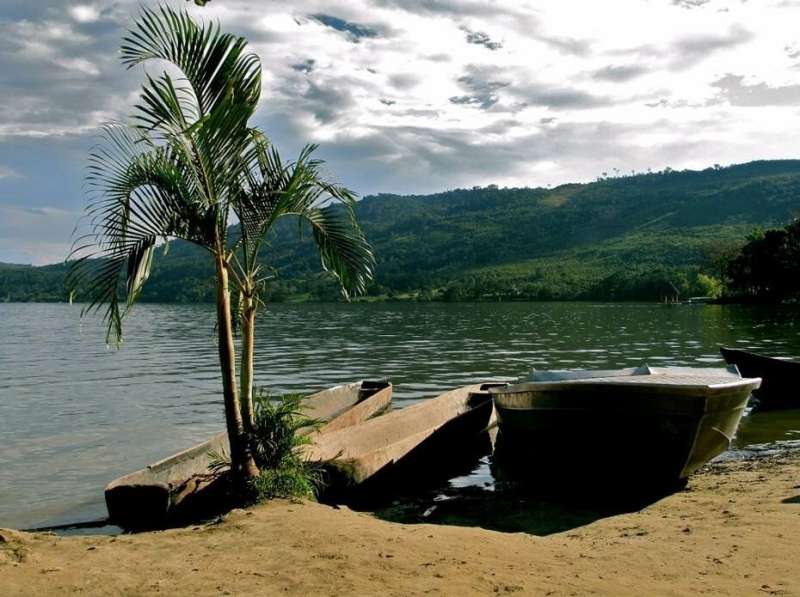Credit: University of Amsterdam
How do human disturbances and climate change affected tropical forests? An international research team, including ecologists from the University of Amsterdam, has looked into the 7000 year history of a tropical Amazonian forest. They reveal that human disturbance, more than climate change, affects the species composition of tropical forests over the last millennia. The results, including important implications for forest management, are now published in the scientific journal Ecology Letters.
Humans and climate change affect the species composition and productivity of tropical forests, with consequences for the biodiversity and carbon storage potential of these forest. To understand how forest communities respond to environmental change and human disturbances, previous studies have looked into specific functional plant traits (e.g. wood density) in response to a changing environment. However, the main underlying causes of shifts in forest communities remain unclear because of the short temporal scales of most studies.
7000 years of forest dynamics
A new study by a group of international researchers now linked the functional plant trait data with a 7000 year old fossil pollen record of forest dynamics in Lake Sauce, in the Peruvian Amazon.
Masha van der Sande is lead author of the study and works as tropical ecologist at the UvA Institute for Biodiversity and Ecosystem Dynamics, Florida Institute of Technology, and Wageningen University and Research: "We expected that the trait composition of tropical forests would respond strongly to both climate change and human disturbances. To our surprise, the community trait composition responds more strongly to human disturbances than to climate change. We found that human-induced erosion increases the relative abundance of conservative taxa, with dense wood, while human-induced fire enhanced the relative abundance of taxa that can survive or escape fire, like tall species with large seeds."
Forest management
The results indicate that forest management decisions to reduce and regulate human influence will be important to protect tropical forest ecosystems. Other studies have shown that human influence strongly decreased after European arrival, leaving the forests to recover and sequester large amounts of carbon from the atmosphere. Current and predicted increases in human disturbance, however, may reverse this effect and expose the forest to strong changes in composition and carbon sequestration capacity.
Van der Sande says, "Our approach can enhance the understanding of the functional response of ecosystems to natural and anthropogenic environmental changes, and develop more mechanistic predictions of forest change. This understanding can help us improve predictions of future changes in tropical forest composition, and design management plans to best protect these ecosystems."
More information: Masha T. Sande et al. A 7000‐year history of changing plant trait composition in an Amazonian landscape; the role of humans and climate, Ecology Letters (2019). DOI: 10.1111/ele.13251
Journal information: Ecology Letters
Provided by University of Amsterdam
























